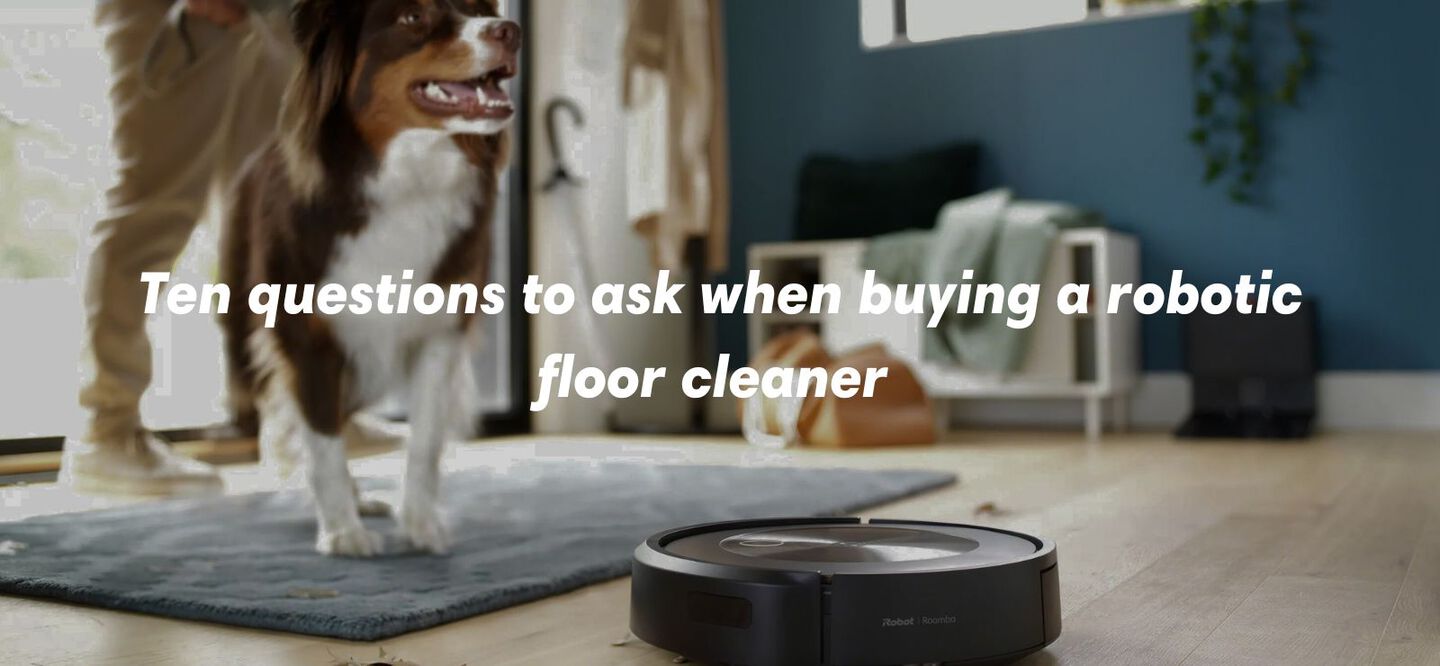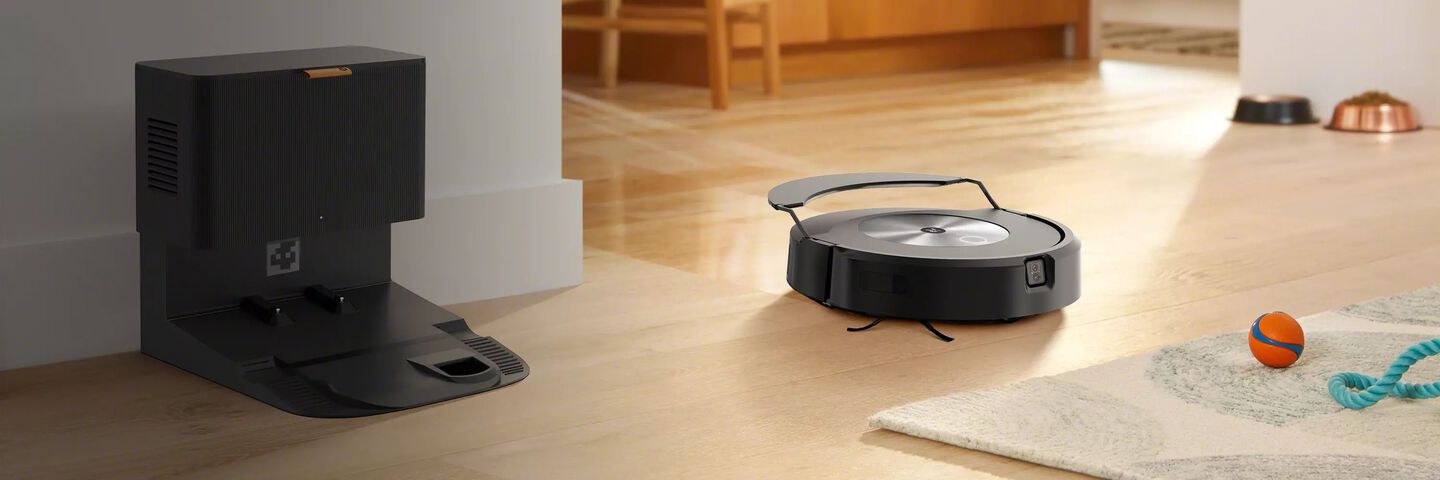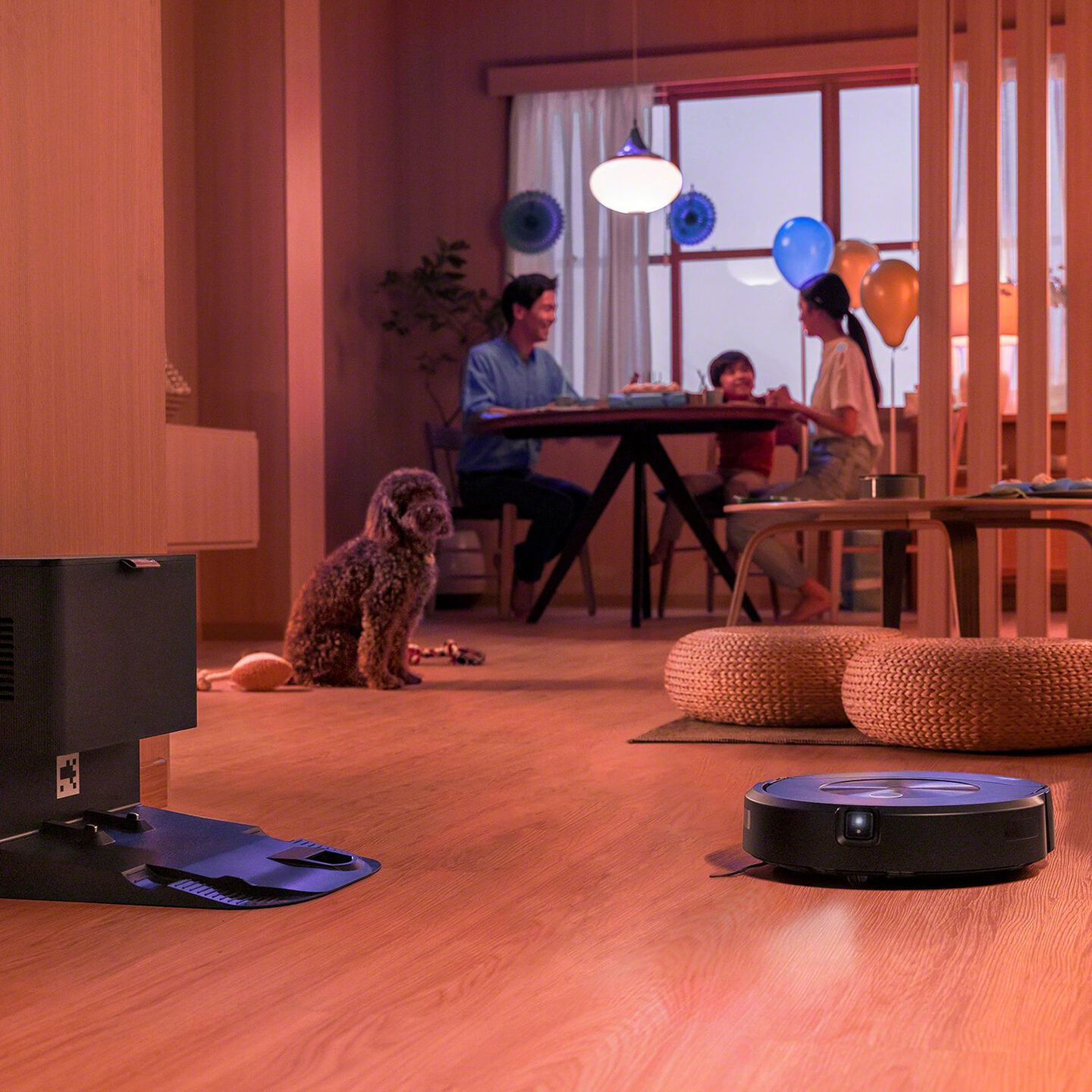Fed up with vacuuming your home? Tired of bending down to reach under furniture? Annoyed every time you need a mop to clean hard floors? A robotic floor cleaner (RFC) could be the answer.
Compared with the first RFCs, today’s models are super-smart, dependable, and can reach under beds and furniture. They have built-in intelligence to work harder in the messiest parts of the home and can be programmed to clean different rooms at separate times. The best robots are the ones that have built-in intelligence enabling the robot to clean exactly like you would – when, where, how and what you would. The latest models include powerful mopping brushes and pads that kick into action when the device moves from a carpet to a hard floor.
But like any consumer device, RFCs come with a dizzying array of features, while prices go from about €299 for a good basic model up to more than €1,000 with all the bells and whistles. So which device is right for you? In this article we answer some of the questions that will help you make the right decision for your home, your family, and your wallet.
1. How messy is my home?
If you’re neat and tidy , a good entry level device will clear up crumbs and dust between deep cleans. But if you’ve got pets, a family, or regular visitors, look for an RFC that has deep clean and scrubbing settings that take care of pet or kitchen catastrophes. If you are purchasing a 2-in-1 (wet and dry cleaning robot), make sure that you choose one that will not drip excess and dirty water onto your carpets or rugs.
Attention to detail is everything. And for homes and families that are very busy, you don’t want to have to clean before you clean or do any additional work before the robot is sent out to get the job done. A good RFC will happily glide under furniture and go where even diligent humans sometimes forget. For example, under the bed, the edges of rooms or deep into dusty corners. It will also have sophisticated object detection technology so that it can avoid random clutter before continuing its cleaning journey.
Also make sure you have enough space for docking stations. Some models have a large footprint for recharging, water tanks and waste bins. Always check the dimensions on the manufacturer or retailer website.
2. What kinds of surfaces do I need to clean?
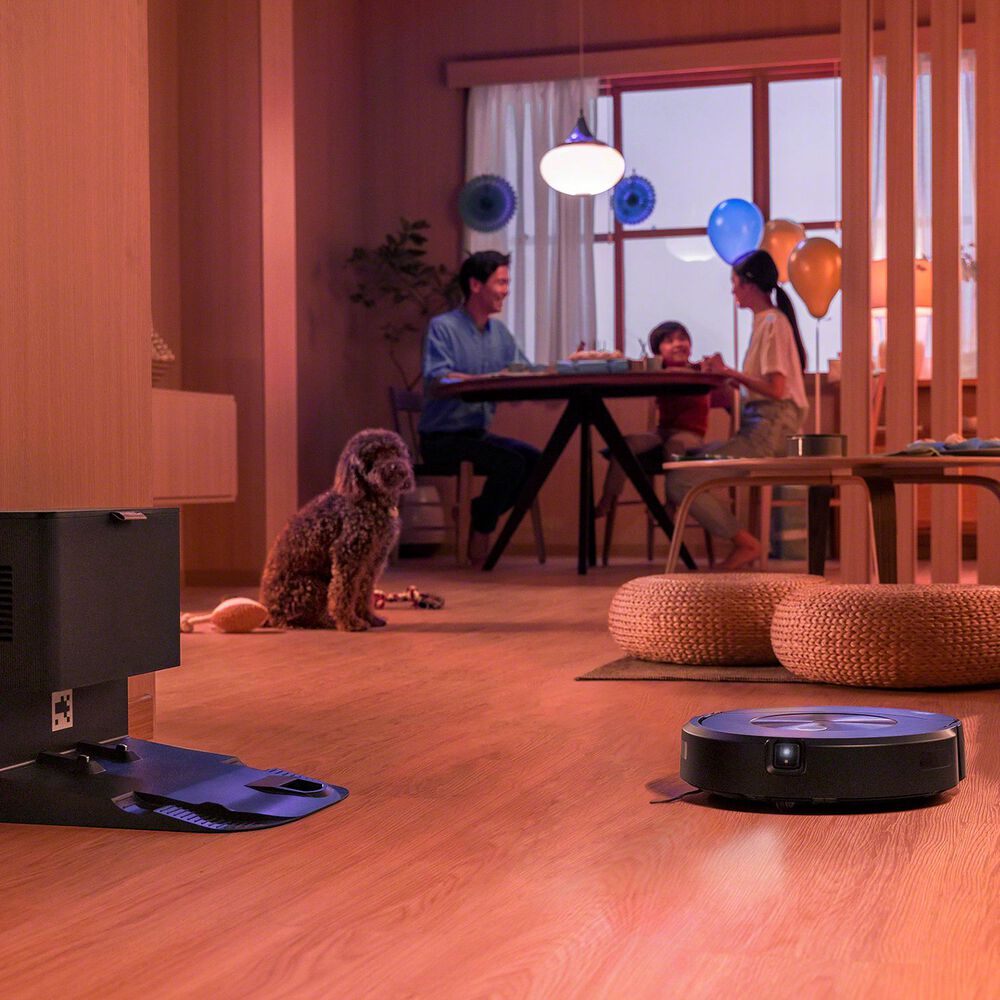
If you have a home with different surfaces such as rugs, tiles, carpets, and wood choose a device that adjusts automatically to deliver the best results.
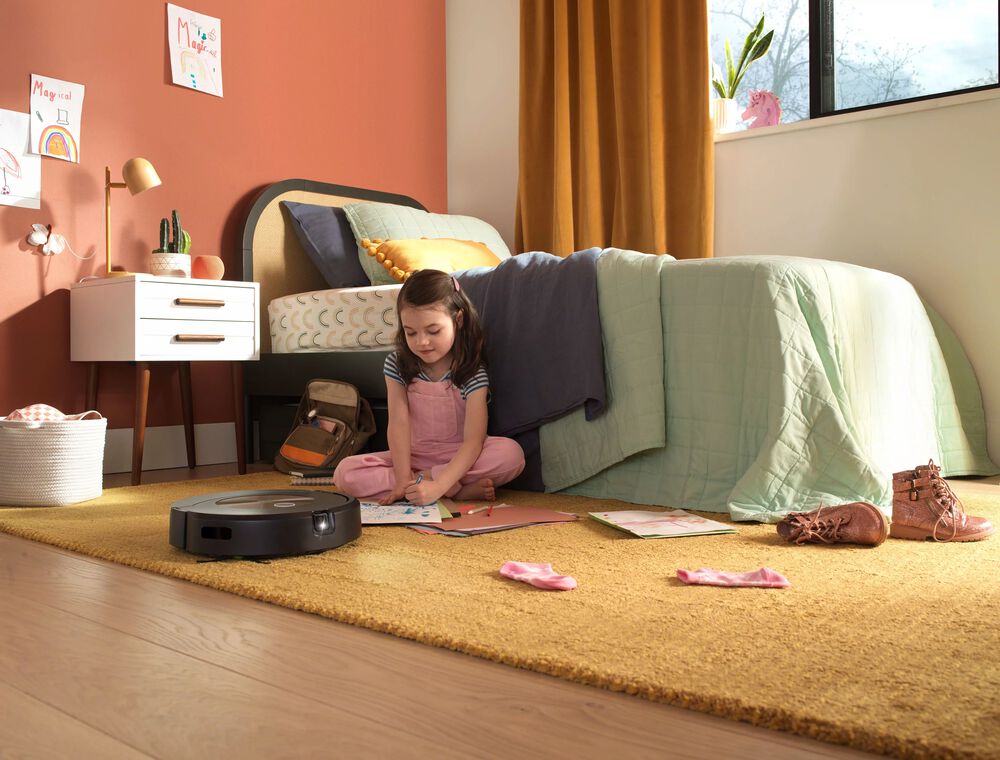
For hard floors in busy areas, you’ll need a device with built-in mop pads. But make sure you choose an RFC that retracts the pads or raises them well above the device, so they don’t smear mess on carpets and other soft surfaces. Why does this matter? Because the mission of an RFC is to do the cleaning for you, making your home a clean and fresh environment . It’s not to make more of a mess by dragging dirty pads and mops across hard floors, rugs and carpets. Modern RFCs also make it easy to detach used pads and clean them in a normal washing machine.
.jpg?sw=1000)
Some manufacturers make a big deal about the suction power of their devices, but that’s only one part of the story. Look for products with brushes that flex and adjust when pulling dirt and dust into the robot body.
3. How much should I spend?
The larger the property and the number of different surfaces, the more you are likely to spend. That said, if you have an apartment with a small floor area and few obstacles, an RFC that reliably picks up dirt and dust starts at about £200.
Mid-range devices add smart features that avoid hazards such as cords and pet waste. These features are critical in ensuring that you have a device with real intelligence cleaning on your behalf – exactly the way you want it to. At the higher end, you get superior cleaning and self-emptying devices that deposit waste in a bin attached to the docking station. £1,000 might seem a lot for an RFC, but the hours saved from cleaning your home, the way you want, without you doing any of the work, make it worth it.
4. Does it match my lifestyle?
Choose an RFC that you can program quickly. It should be easy to set daily or weekly schedules for ‘messy times’ such as walking the dog or weekend sports for the kids. Modern RFCs also make it simple to program ‘keep out zones’ including office rooms and other areas used for calls and meetings.
Above all, choose an RFC that doesn’t get lost or stuck. Ideally it should know how to avoid obstacles, and when to return to the dock for recharging. This means that you can go to work or on vacation safe in the knowledge that your robot will complete its cleaning mission without interruption.
5. Is it pet friendly? (Also known as the popcorn vs poop dilemma)
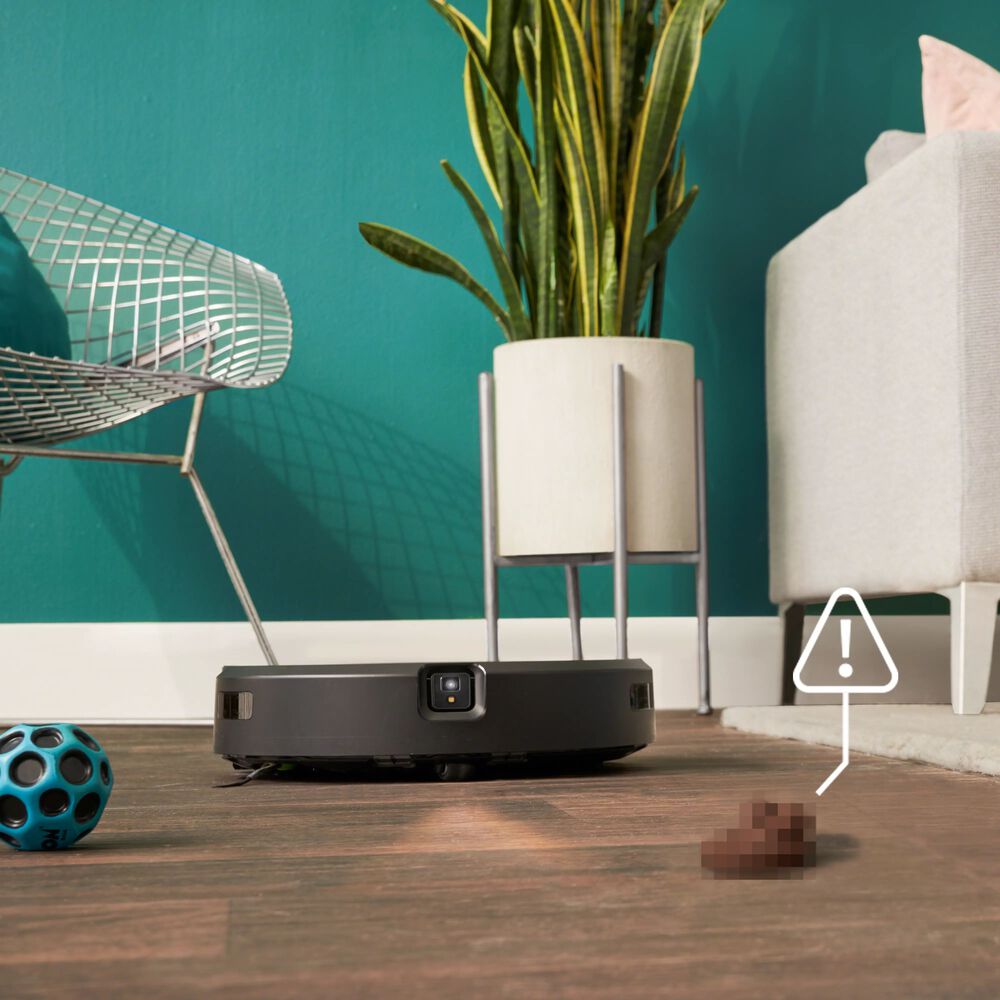
Let’s not beat about the bush. The last thing you want is an RFC that can’t distinguish between a pile of poop or a pile of popcorn. Fortunately, some modern RFCs have on-board cameras that can tell the difference. It means that the popcorn gets picked up while the poop stays where it is. Make sure that you pay attention to the specific objects that the RFC can avoid. Some are specifically designed to avoid pet related objects and, engineered specifically for homes with pets.
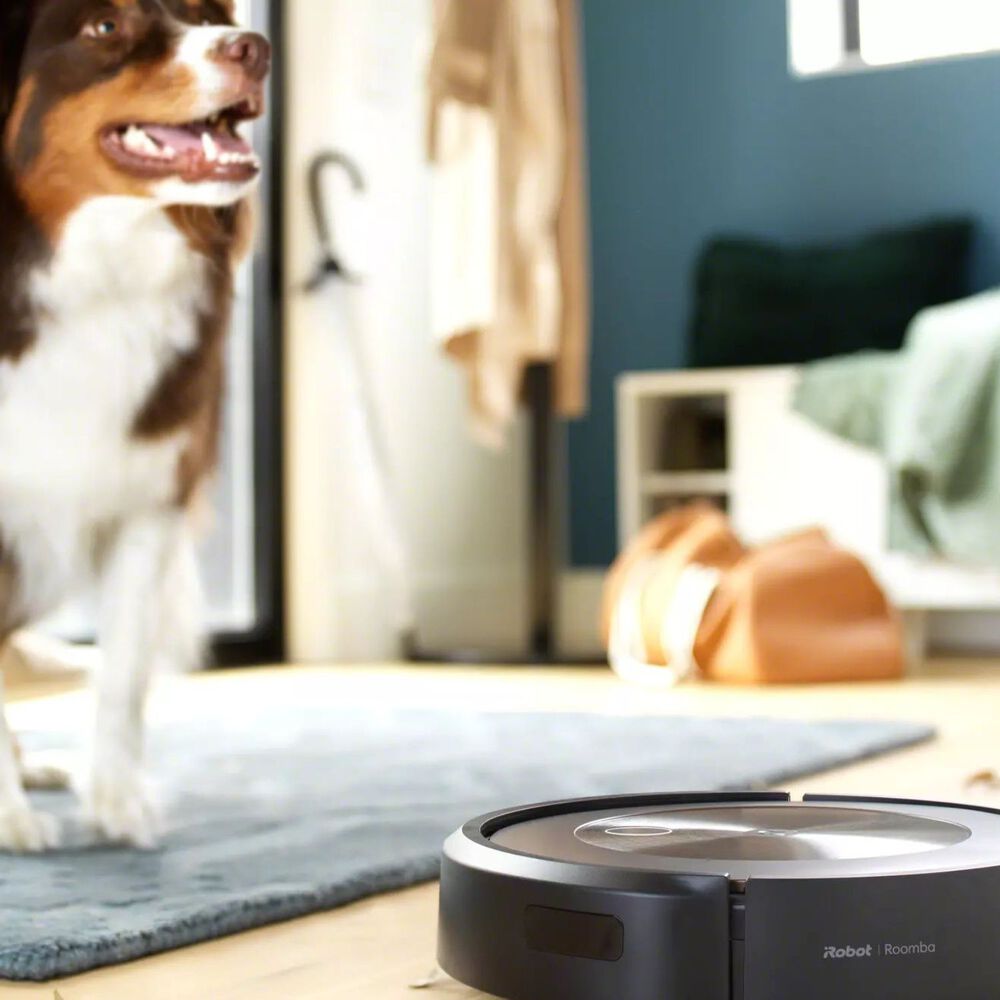
If your dog or cat is guilty of shedding, you’ll also want a deep-clean setting, especially for rugs and carpets. Mopping pads are a great idea if muddy paws in the hallway are a recurring problem. Devices with two brushes and edge sweeping will also clean up after our furry friends. Look out for filters that remove particles from vacuumed air.
6. Will my kids break it?
Even the fastest RFC can’t outrun an energetic toddler. But if you’ve got a young family, choose a model that has a child (and pet) lock that prevents them from being activated accidentally.
We also know that with kids, the messiest playrooms are sometimes the most creative. If you want to protect the construction of a building-block skyscraper or a jigsaw puzzle, look for a device with ‘keep out zones’ and ‘object detect and avoid’ which protects the work of aspiring architects and artists. These features also provide peace of mind. Your robot is less likely to get stuck mid-clean and less work for you to have to tidy up before the robot starts its cleaning mission.
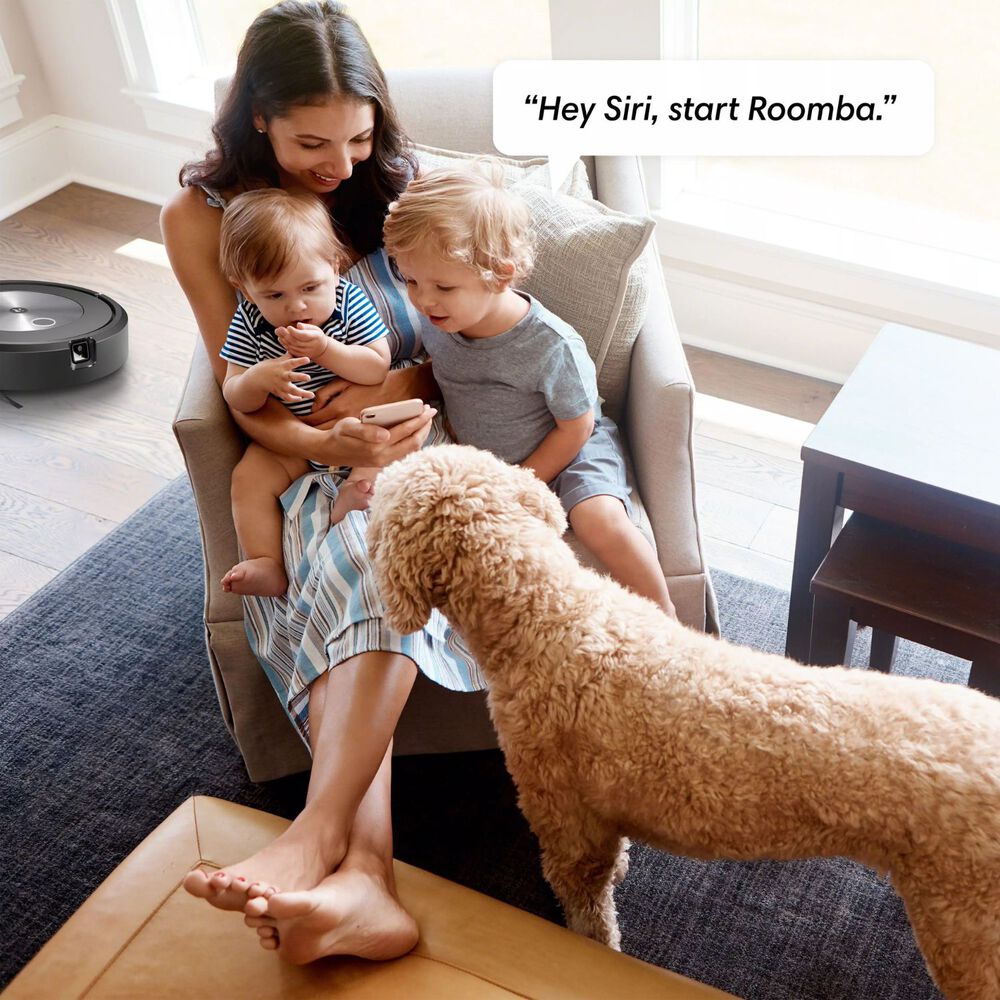
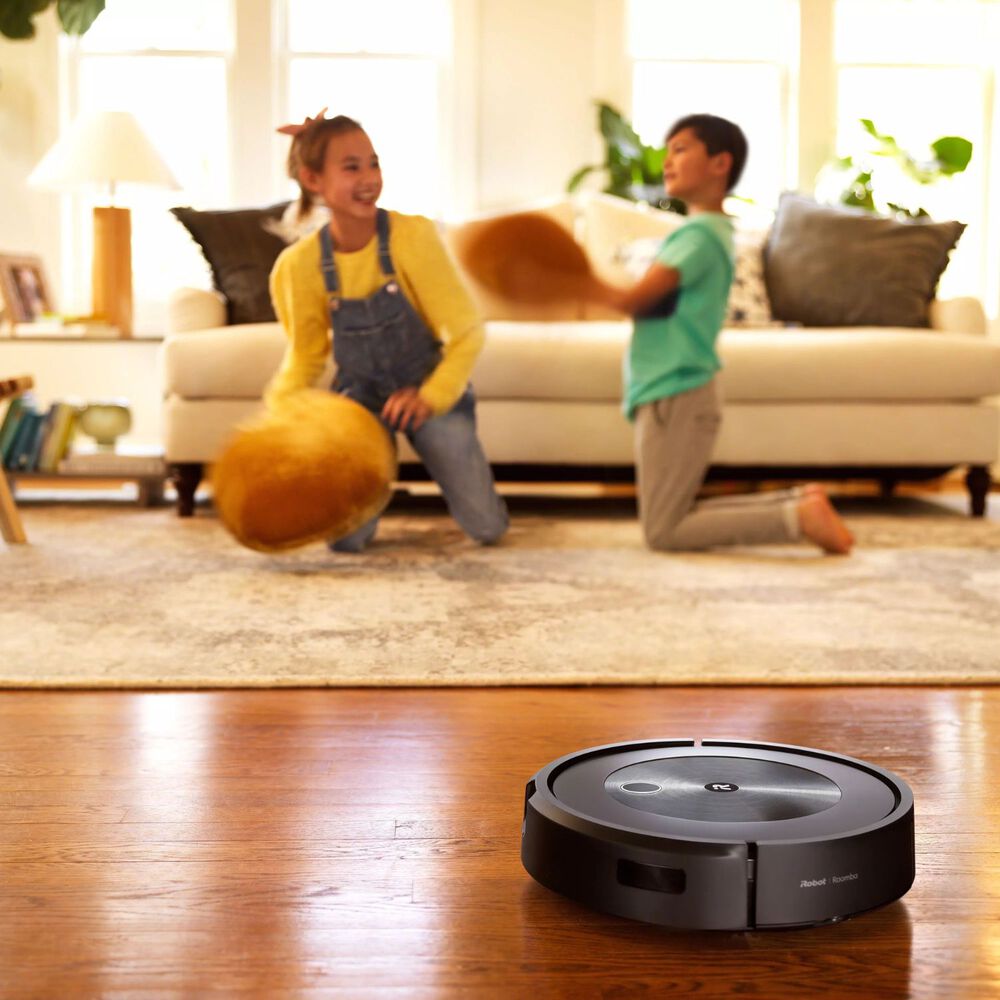
7. How smart does smart need to be?
One of the biggest RFC advances in recent years is on-board sensor and camera technology that detects objects in real time. This ensures that the device doesn’t get tangled up with hazards such as charging cables, socks, and shoelaces. This really matters, because a stuck robot can become a huge nuisance and prevent your robot from completing its cleaning mission.
A sleek model is better for when you need to vacuum beneath low surfaces such as under a bed. If this is an issue, avoid models which use a laser turret (LiDAR) for navigation and which add to the height of the device. Some laser-based RFCs also see bed and sofa skirts as obstacles and won’t go under furniture.
When it comes to mopping make sure you choose a model with a fully retractable mopping arm and drip guard. This ensures that your carpets and rugs stay dry and clean when the device switches from mopping to vacuum mode.
Robots engineered with built-in software intelligence are valuable because they can get smarter over time. Many have the ability to update software through the app – adding more features to your cleaning experience as they are released – without you having to purchase anything new.
8. How easy is it to use?
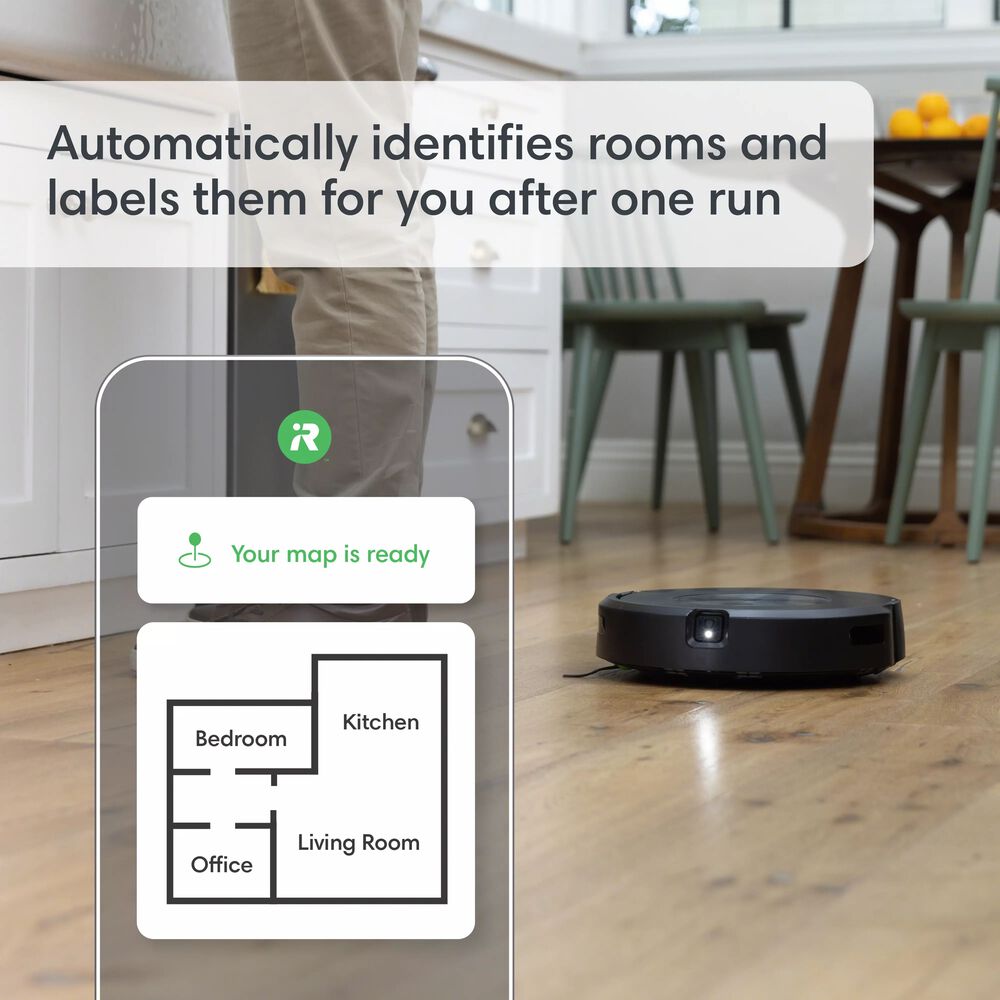
You’re buying an RFC to save time so avoid devices with complicated set up instructions and complex apps. A good entry level RFC will automatically navigate the floors in your property while higher end devices come with ‘smart maps’ and will even suggest room names, clean zones, and keep out zones. Apps should be easy to navigate so that you can easily set schedules and create different cleaning routes.
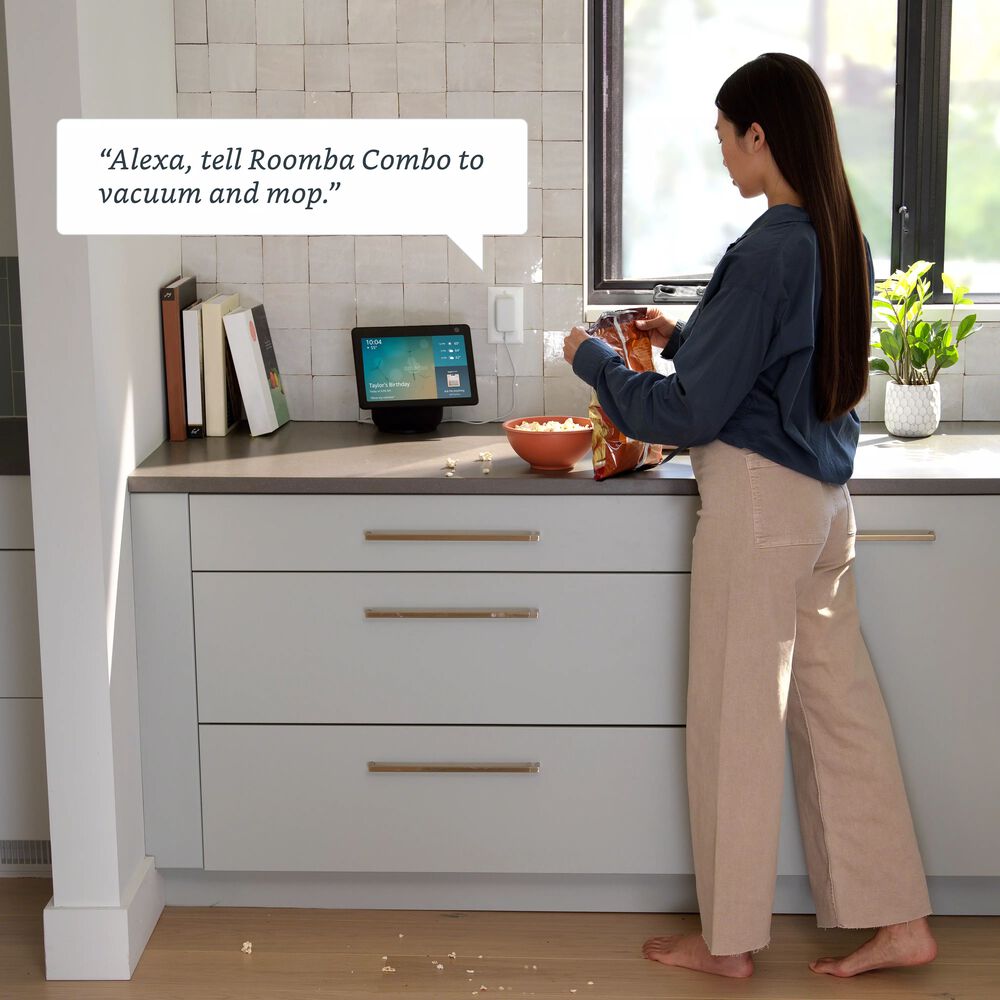
Some devices can be activated using voice instructions to Alexa, Google Assistant or Siri devices*. Imagine asking someone (or something) to clean the kitchen floor without complaint. That’s the joy of owning an RFC. Many robots have an app associated with the cleaning experience, designed to give you full control of all settings and have a clear view of the status and completion of your clean.
9. How simple is it to fix and clean?
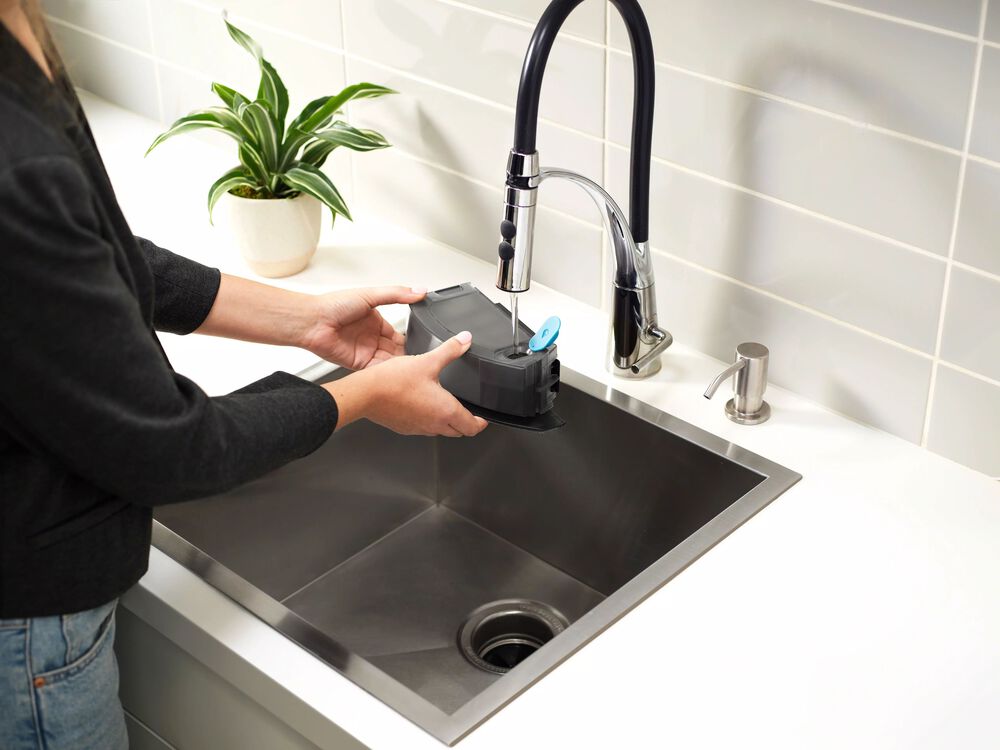
A bit like an automobile, you’ll need to service your RFC every now and then. Here, it should be simple to remove components such as brushes and mop pads for cleaning. Less expensive devices may be harder to disassemble, and you may risk damaging a component in the struggle to take it apart. Make sure that you pay attention to the way that the robots are built and how easy their parts are to maintain and fix. Some RFC’s are designed with modular parts, making it easier to maintain or replace parts for repair instead of sending in an entire robot or having to replace the entire device if something breaks.
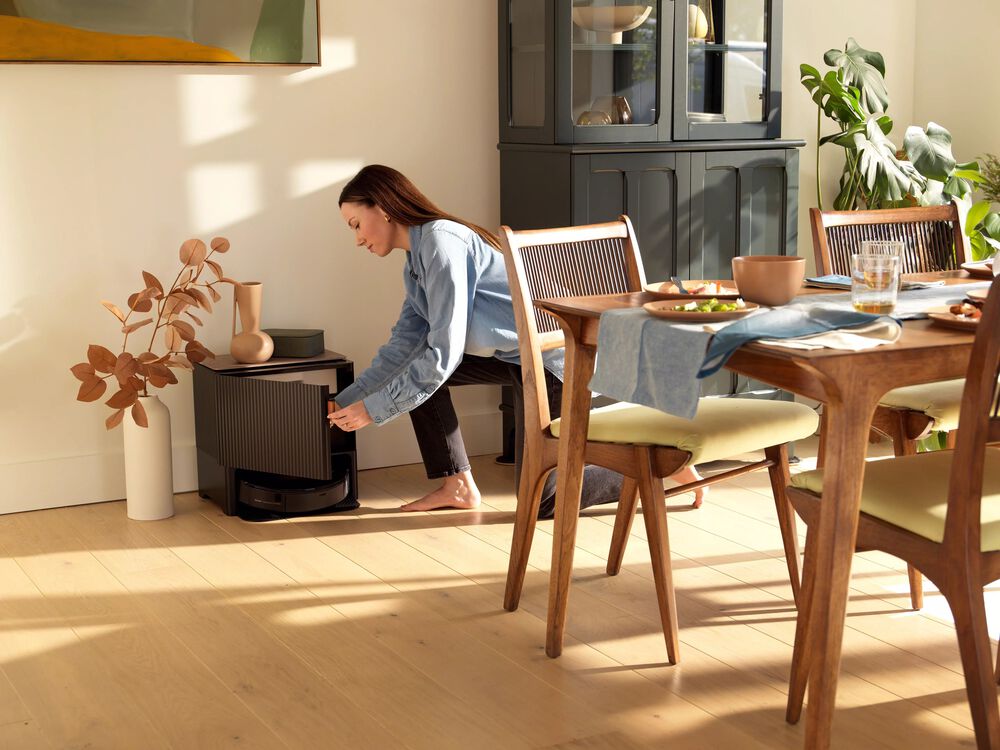
Some manufacturers state that their robots and docking stations clean themselves. But always check these claims. Are mopping pads washed and dried thoroughly? Is the system flushed with fresh water regularly? The last thing you want is a cleaning device that makes the house smell! We also recommend that you choose a device which sends an app notification when the RFC needs attention and automatically provides instructions on how to fix the issue. Finally, choose a manufacturer that offers a warranty, easy access to a helpline, and swift customer support for more serious problems.
10. Will it protect my privacy?
Help me choose an iRobot RFC
Compare all productsAnswer a few simple questions in our product quiz to determine which product is right for you.

Have a question? iRobot offers customer care and support. For phone, call +353 12475428 for support.

Order with peace of mind plus enjoy free shipping on orders over €50.
* Works with Alexa, Siri, and Google Assistant-enabled devices. Alexa and all related logos are trademarks of Amazon.com or its affiliates. Google is a trademark of Google LLC. Siri is a registered trademark of Apple Inc., registered in the U.S. and other countries and regions.
